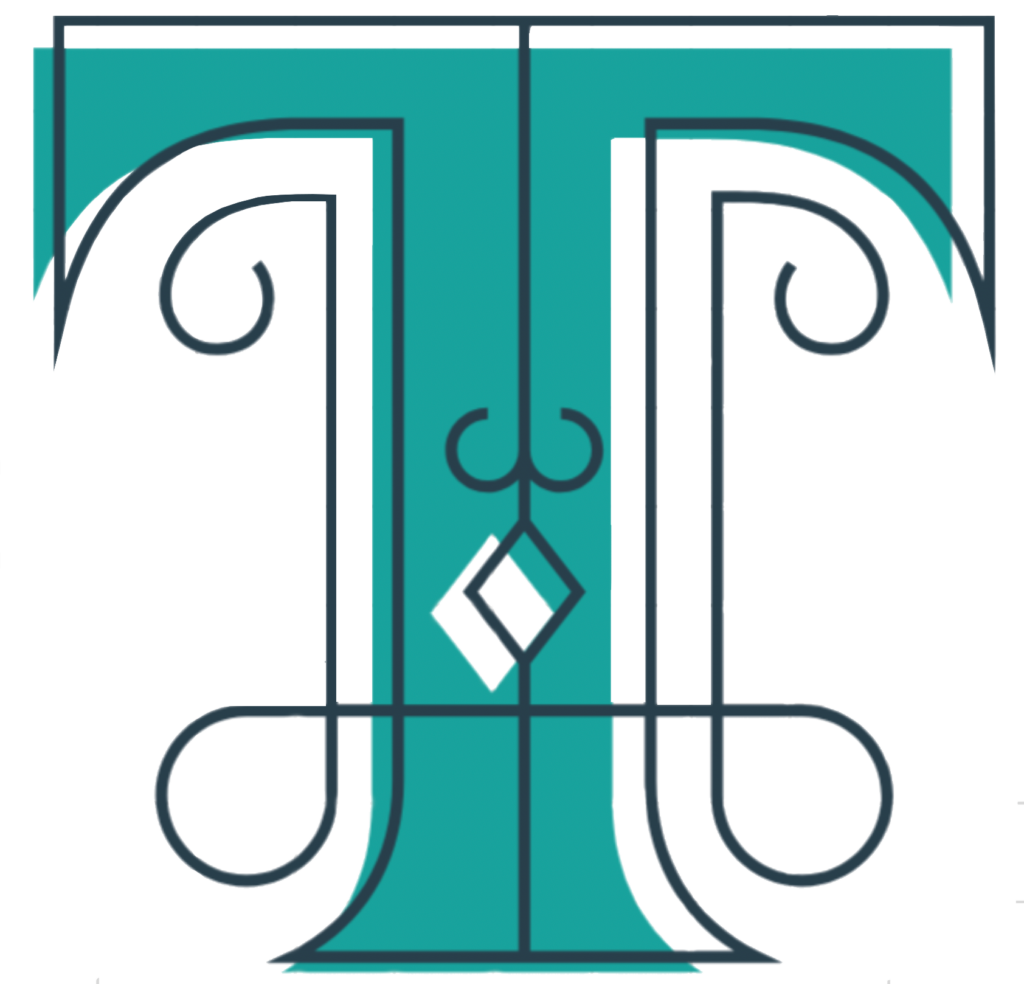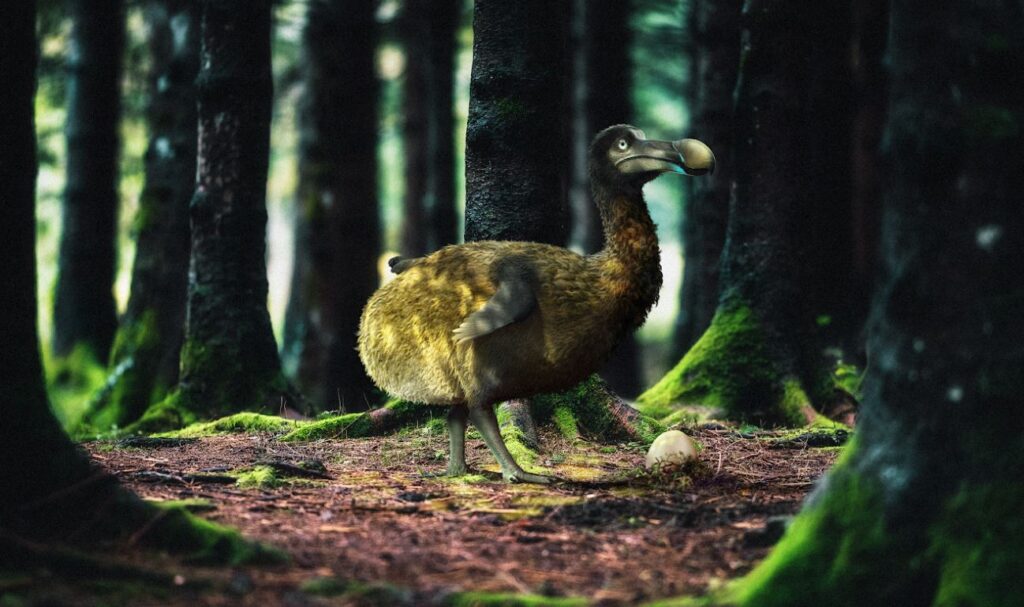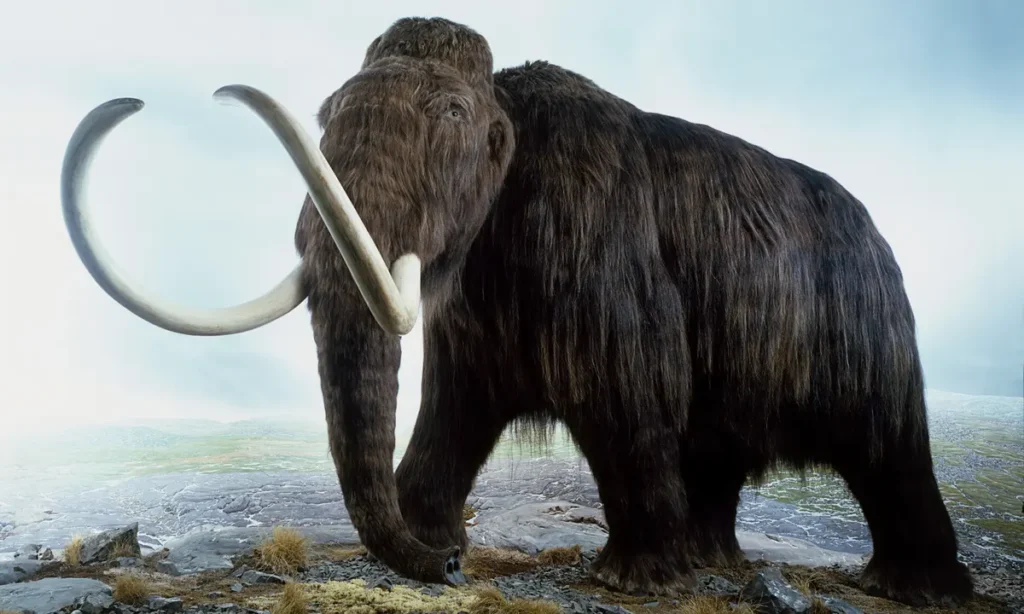Founded by tech entrepreneur Ben Lamm and Harvard University geneticist George Church, Colossal Biosciences announced plans to bring back the extinct flightless bird, the Dodo.
The bird stood around one meter tall, weighed about 15-20 kilograms, and is infamously known for its unflinching nature while its peers were killed. The creature literally represents extinction itself––you can’t get deader than a dodo.
Paleogenetics
Beth Shapiro, lead paleogeneticist and a scientific advisory board member at Colossal Biosciences, has studied the dodo since the science of paleogenetics was in its initial stage. In 2002, she said her team extracted a piece of the bird’s mitochondrial DNA (mtDNA) – the DNA inside little organelles called the mitochondria, the powerhouse of the cell and is what gets passed down from mother to offspring.
Using this DNA, the team found the closest living relative of the dodo, the Nicobar pigeon. Finally, in 2022, Shapiro’s team announced that they reconstructed the dodo’s entire genome.
Even though this took 2 decades to accomplish, the journey from a genome to an actual living creature is a long way to go. Most de-extinction programs aim to re-create a proxy of an extinct animal by genetic engineering, editing the genome of a closely related living species to replicate the target species’ genome. The edited genome would then be implanted into an egg cell of that related species to develop. Then they must make sure the developmental process is happening smoothly.
Issues Cloning with Eggs
All this sounds feasible, but in reality, cloning a bird is specifically hard to do since birds lay eggs, and don’t directly give birth. Cloning requires access to an egg cell that is ready for fertilization but not yet fertilized––there’s no access to a bird egg cell at the same developmental time as there is for a mammal.
Never fret, Colossal Biosciences is exploring a process to extract avian primordial germ cells (PGCs) from bird eggs. If the process works, PGCs from pigeons would be manipulated to eventually develop into a dodolike bird. Ultimately, Shapiro says, “the final version of the dodo will emerge from a pigeon that has been engineered to be the size of a dodo. So the size of eggs will be consistent.”
Future Plans
Even though they are nowhere near ready to start implanting embryos into surrogates, researchers still believe that this nearly impossible feat can be done. And although the de-extinction of the dodo is not a solution to the extinction crisis, they hope to uncover critical tools needed to understand avian genomics for the genetic rescue of currently threatened species and to work on cloning more bird species.
And the dodo isn’t the only de-extinction project Colossal Biosciences is working on, there are 161 avian species that have been classified as extinct and the company also plans to bring back the Tasmanian Tiger and the Mammoth. But Tom Gilbert, director of the Danish National Research Foundation Center for Evolutionary Hologenomics, had an interesting thought about the influence of human morality on the choice of the species selected for de-extinction.
Should only the ‘good’ creatures be brought back? Or should the major predators be too?





